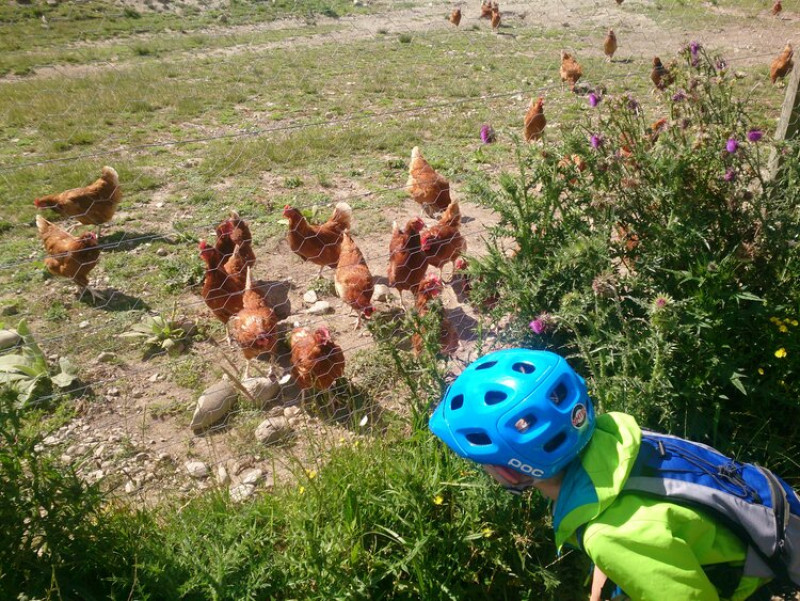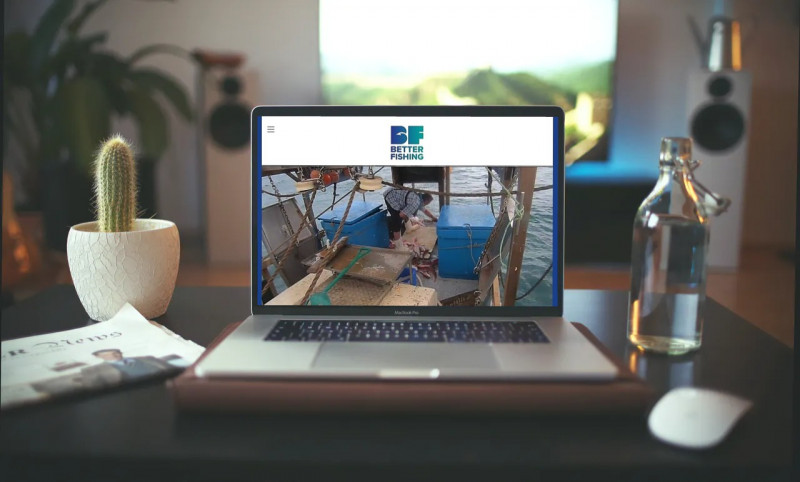UpShift recently worked on “Better Fishing” a web app which gives visitors an intimate view of fisherman Karl Warr as he catches fish off the coast of New Zealand.
Never in history has the human race had such a wide range of food available to us. And never have we been so disconnected from where our food comes from.
A vast range of ingredients are shipped around the world & assembled into complicated processed food. In many cases we don’t even know where our most basic produce comes from.
This is causing a growing number of people to ask questions & the concept of “Food provenance” is gaining popularity. In a nutshell, it's knowing where your food comes from & how it was produced.
A data minded approach to food provenance is the use of blockchains/ databases to track food from its production to the consumer.
In 2014 UpShift started developing a provenance platform aimed at tracking infant formula from New Zealand to individual consumers in China. Unfortunately this was never launched due to our client pulling out of the Chinese market.
While I enjoyed developing a data model for food provenance it got me thinking about how to tell the story of food to the end consumer.
Apps, RFIDs, barcodes, QR codes, mesh networks, blockchains & databases are great technology tools for tracking food but not so good at telling a story that resonates with the general public. Humans are emotional creatures & don’t engage well with data.
In 2017 I experienced some first hand emotional engagement which has stuck with me ever since. A new section of local cycle trail had opened & part of it went along the side of Quail Valley Free Range Farm.
As my family cycled along the fence line dozens of healthy looking chickens ran up to greet us. Up until that point I’d never been quite sure about what “free range” eggs meant - but looking at these chickens demystified this - the chickens had plenty of space, looked healthy & were actively engaged with passing humans. From then on I’ve always bought Quail Valley Free Range eggs - that single experience has got them a customer for life.

Bringing this sort of experience to the masses is a challenge. For companies like egg producer Sungold to make their facilities so accessible to the public in unusual & not everyone has the chance to ride their bikes in Quail Valley (but if you get the chance, take it).
So when we were approached about the Better Fishing project it really piqued my interest. Here was a fisherman wanting to tell their story to the world & show people how they catch their fish.
Better Fishing turned into a joint project between fisherman Karl Warr, UpShift, SnapIT & the World Wildlife Fund.
The centrepiece of the web app is a live video stream from Karl’s boat, wrapped in a stories about Karl, the fish & fishing. Anyone can connect to Karl’s boat at any time, whether it’s moored at the wharf, or out to sea. It’s a raw, transparent & honest experience.

Karl’s video stream is a brilliant bit of engineering by SnapIT, a local technology company doing amazing stuff with video monitoring, collection, analysis & distribution. They have been great to work with & we’re looking forward to new projects in the new year.
World Wildlife Fund came on board to provide assistance with the content & promotion. The WWF helped develop a FAQ that genuinely answered the audience’s questions. This is the WWF release about Better Fishing.
UpShift’s part in the project was the brand, content architecture, editorial support & interface development. We built Better Fishing as a custom web app using VueJS.
Future plans include adding an option to watch a previous haul of fish. More often than not Karl’s boat is moored up, so it’s easy for casual visitors to miss seeing the fishing itself. By offering the option to watch a previous haul any visitor has the opportunity to see fishing in action.
All in all its been a really satisfying project to work on & we’re looking forward to our next project that will help connect people with the food they eat.



